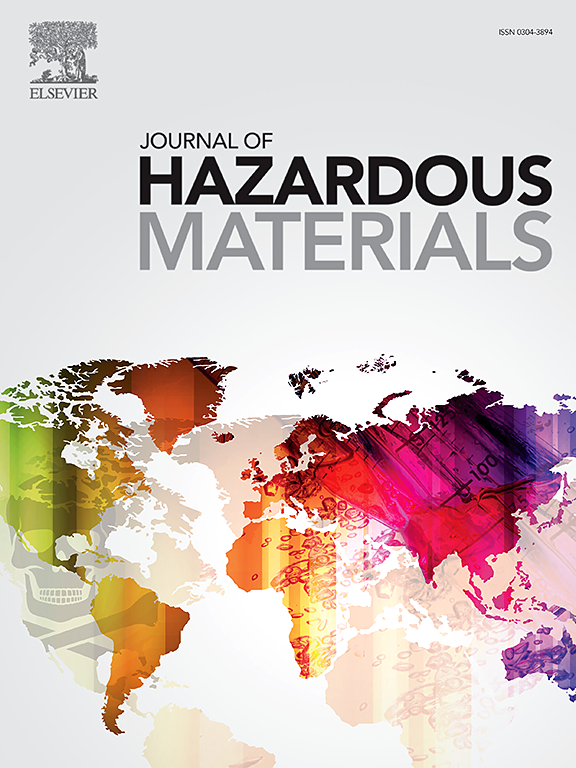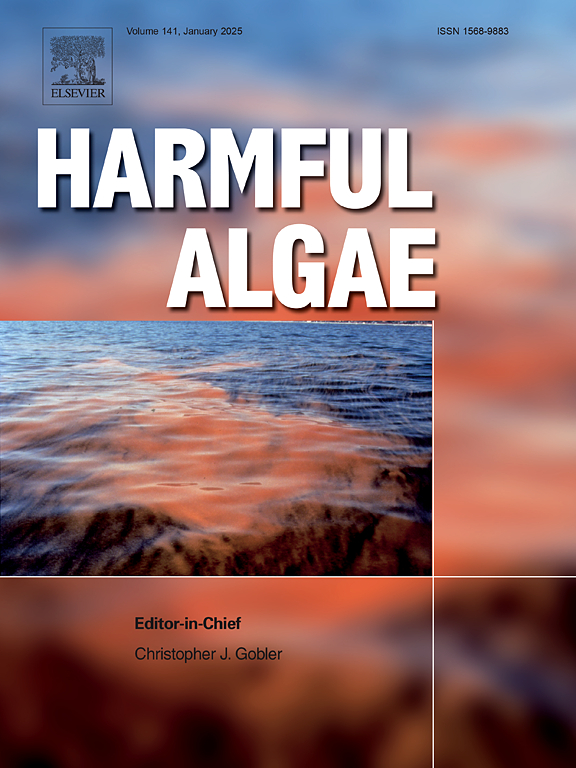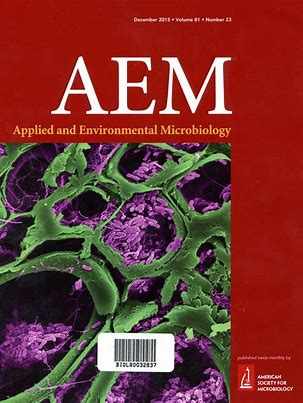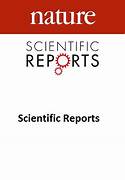Please find all scientific publications of IGB under > scientific publications
For more detailed information please refer to our > library catalogue
11 - 20 of 106 items
- Department:(Dept. 3) Plankton and Microbial Ecology
January 2025
Frontiers in Microbiology. - 15(2024), Art. 1479158
Differential microbiome features in lake–river systems of Taihu basin in response to water flow disturbance
Peng Xiao; Yao Wu; Jun Zuo; Hans-Peter Grossart; Rui Sun; Guoyou Li; Haoran Jiang; Yao Cheng; Zeshuang Wang; Ruozhen Geng; He Zhang; Zengling Ma; Ailing Yan; Renhui Li

January 2025
Journal of Hazardous Materials. - 476(2024), Art. 134961
Size, shape, and elemental composition as predictors of microplastic surface erosion
Z. Taghizadeh Rahmat Abadi; B. Abtahi; M.B. Fathi; N. Mashhadi; H.-P. Grossart
January 2025
Limnology and Oceanography. - XX(2025)XX, XX-XX
Nutrient pulse scenarios drive contrasting patterns in the functional stability of freshwater phytoplankton
Anika Happe; Bence Buttyán; Bence Gergácz; Silke Langenheder; Stella A. Berger; Jens C. Nejstgaard; Maren Striebel

January 2025
Harmful Algae. - 133(2024)1, Art. 102599
What makes a cyanobacterial bloom disappear?: A review of the abiotic and biotic cyanobacterial bloom loss factors
Ted D. Harris; Kaitlin L. Reinl; Marzi Azarderakhsh; Stella A. Berger; Manuel Castro Berman; Mina Bizic; Ruchi Bhattacharya; Sarah H. Burnet; Jacob A. Cianci-Gaskill; Lisette N. de Senerpont Domis; Inge Elfferich; K. Ali Ger; Hans-Peter F. Grossart; Bas W. Ibelings; Danny Ionescu; Zohreh Mazaheri Kouhanestani; Jonas Mauch; Yvonne R. McElarney; Veronica Nava; Rebecca L. North; Igor Ogashawara; Ma. Cristina A. Paule-Mercado; Sara Soria-Píriz; Xinyu Sun; Jessica V. Trout-Haney; Gesa A. Weyhenmeyer; Kiyoko Yokota; Qing Zhan

January 2025
Harmful Algae. - 133(2024)1, Art. 102600
Long-term stability of the genome structure of the cyanobacterium, Dolichospermum in a deep German lake
J.N. Woodhouse; M.A. Burford; B.A. Neilan; A. Jex; S. Tichkule; K. Sivonen; D.P. Fewer; H-P Grossart; A. Willis

January 2025
Microbiome. - 12(2024)1, Art. 65
Phenology and ecological role of aerobic anoxygenic phototrophs in freshwaters
Cristian Villena‑Alemany; Izabela Mujakić; Livia K. Fecskeová; Jason Woodhouse; Adrià Auladell; Jason Dean; Martina Hanusová; Magdalena Socha; Carlota R. Gazulla; Hans‑Joachim Ruscheweyh; Shinichi Sunagawa; Vinicius Silva Kavagutti; Adrian‑Ştefan Andrei; Hans‑Peter Grossart; Rohit Ghai; Michal Koblížek; Kasia Piwosz

December 2024
Applied and Environmental Microbiology. - 91(2025)1, 1-17
Assessing environmental gradients in relation to dark CO2 fixation in estuarine wetland microbiomes
Luise Grüterich; Jason Nicholas Woodhouse; Peter Mueller; Amos Tiemann; Hans-Joachim Ruschewey; Hans-Peter Grossart; Wolfgang R. Streit

December 2024
Scientific Reports. - 14(2024)1, Art. 31701
Globisporangium tabrizense sp. nov., Globisporangium mahabadense sp. nov., and Pythium bostanabadense sp. nov. (Oomycota), three new species from Iranian aquatic environments
Reza Ahadi; Ali Chenari Bouket; Alireza Alizadeh; Hossein Masigol; Hans-Peter Grossart
December 2024
Remote Sensing. - 16(2024)22, Art. 4327
Secchi Depth Retrieval in Oligotrophic to Eutrophic Chilean Lakes Using Open Access Satellite-Derived Products
Daniela Rivera-Ruiz; José Luis Arumí; Mario Lillo-Saavedra; Carlos Esse; Patricia Arancibia-Ávila; Roberto Urrutia; Marcelo Portuguez-Maurtua; Igor Ogashawara
In this study, the use of open access satellite data for estimating Secchi disk depths in 3 lakes in Chile was investigated. In the oligotrophic Lake Panguipulli, no relationship was observed between estimated and measured Secchi disk depths. This highlight the need for methodological advances in the processing of satellite-derived water quality products,s, especially for very clear waters.
December 2024
Conservation Biology. - XX(202X)X, e14425
Effects of land cover and protected areas on flying insect diversity
James S. Sinclair; Dominik Buchner; Mark O. Gessner; Jörg Müller; Steffen U. Pauls; Stefan Stoll; Ellen A. R. Welti; Claus Bässler; Jörn Buse; Frank Dziock; Julian Enss; Thomas Hörren; Robert Künast; Yuanheng Li; Andreas Marten; Carsten Morkel; Ronny Richter; Sebastian Seibold; Martin Sorg; Sönke Twietmeyer; Dirk Weis; Wolfgang Weisser; Benedikt Wiggering; Martin Wilmking; Gerhard Zotz; Mark Frenzel; Florian Leese; Peter Haase





